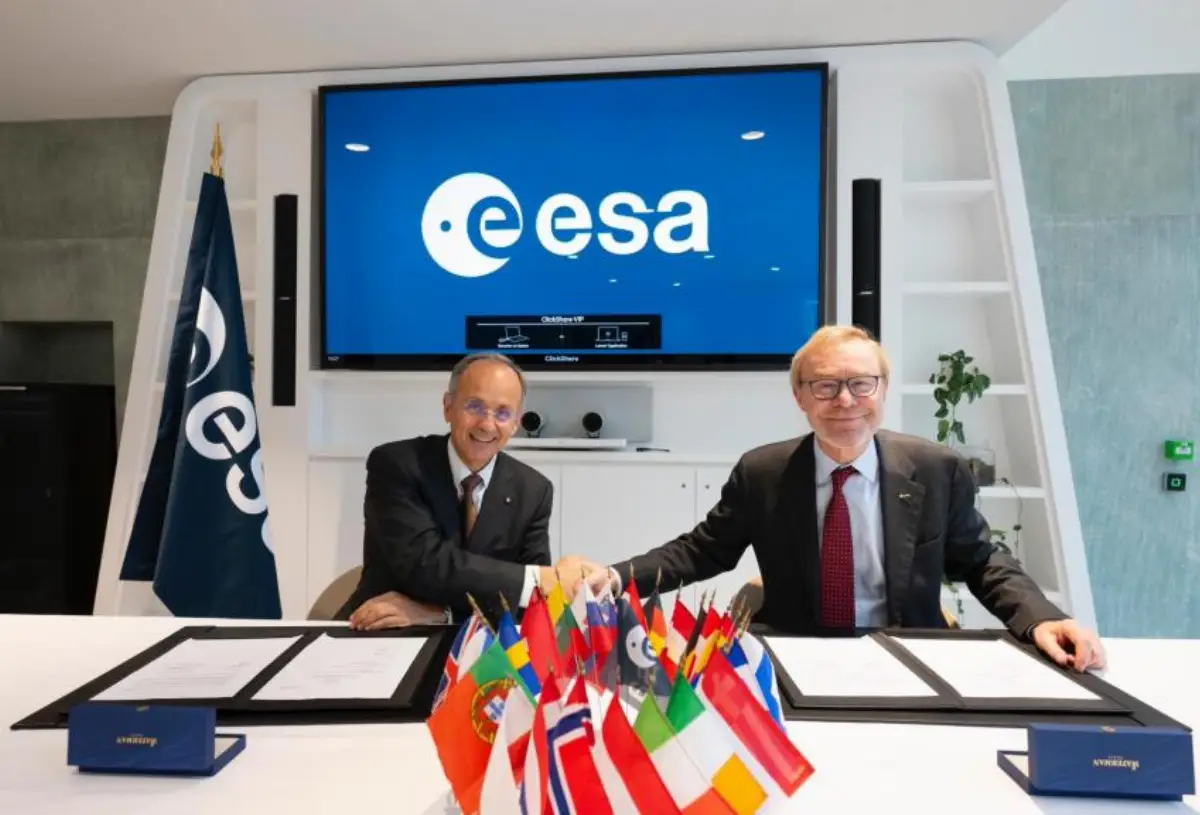
Avio-Esa (2) new contracts to develop Vega
And increase its launch rate up to 6 per year

ESA (European Space Agency) signed yesterday multiple contracts with Avio to advance the development of its next-generation launcher, Vega-E, and to increase the number of flights per year of the Vega-C rocket.
Two contracts were signed between ESA and Avio, amounting to approximately EUR 350 million and covering a three-year time horizon:
Development of the new Vega-E launch system
Upgrades to the Vega-C ground system to increase the launch cadence
Evolving Vega-E
As Vega-C steps up and increases routine operations, the first contract signed today will allow for the further development of Vega-C’s next iteration, Vega-E, up to the on-ground qualification stage of the new launch system– the final step before a first launch.
The contract covers all aspects of the launch system such as rocket assembly, launch pad building, fuelling, launch pad systems and logistics followed by integrated and combined tests of the complete Vega-E launch system.
Vega-E will fly in three stages instead of four from a new launch pad to be built on the former Ariane 5 launch complex. Whereas Vega-C requires no fuelling on the launch pad, Vega-E will have a liquid-fuelled methane-liquid oxygen upper stage replacing both Zefiro 9 and AVUM that will be fuelled just hours before liftoff. The new configuration of the launcher will allow an increased payload performance capability up to 3 tons with respect to the current 2.3-ton payload performance of Vega C.
The contract covers all these aspects of the launcher development.
Vega-C operations
Vega-C returned to flight last month launching Sentinel-1C to orbit marking the restart of commercial operations for the new launcher. Planned cadence for Vega-C is expected up to six launches/year. Today’s contract signature will enhance ground operations to increase the number of flights per year and shorten the time between two consecutive Vega-C’s launches.
An integration building will be made for the Vega-C launcher at Europe’s Spaceport in French Guiana. This will allow technicians to work on two rockets being assembled simultaneously – one on the launch pad and one in the new assembly building – and run two launch campaigns in parallel. This will reduce the time needed between two launches, as well as release operational constraints for Vega-E activities development.
See for details AVIONEWS.
AVIONEWS - World Aeronautical Press Agency